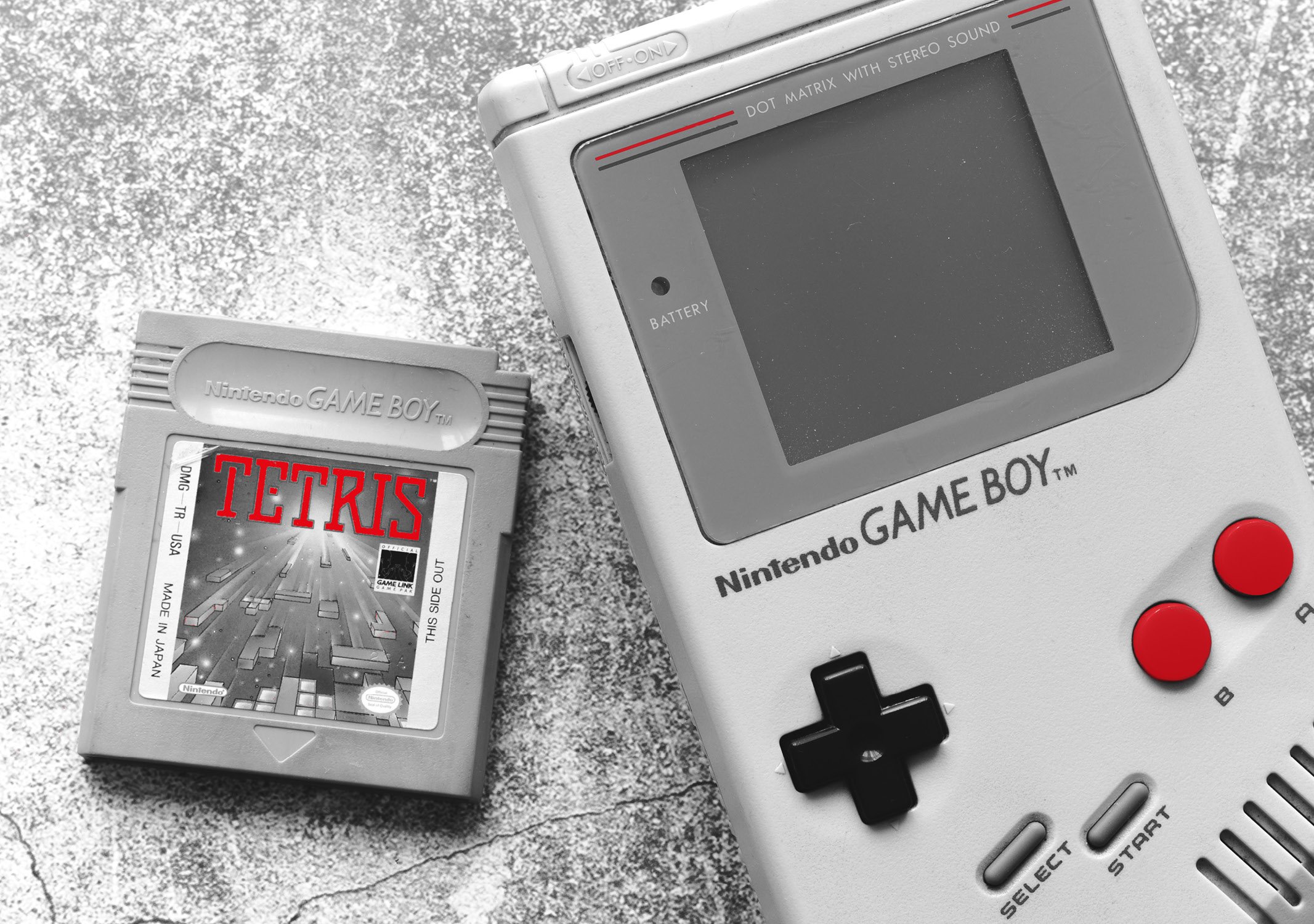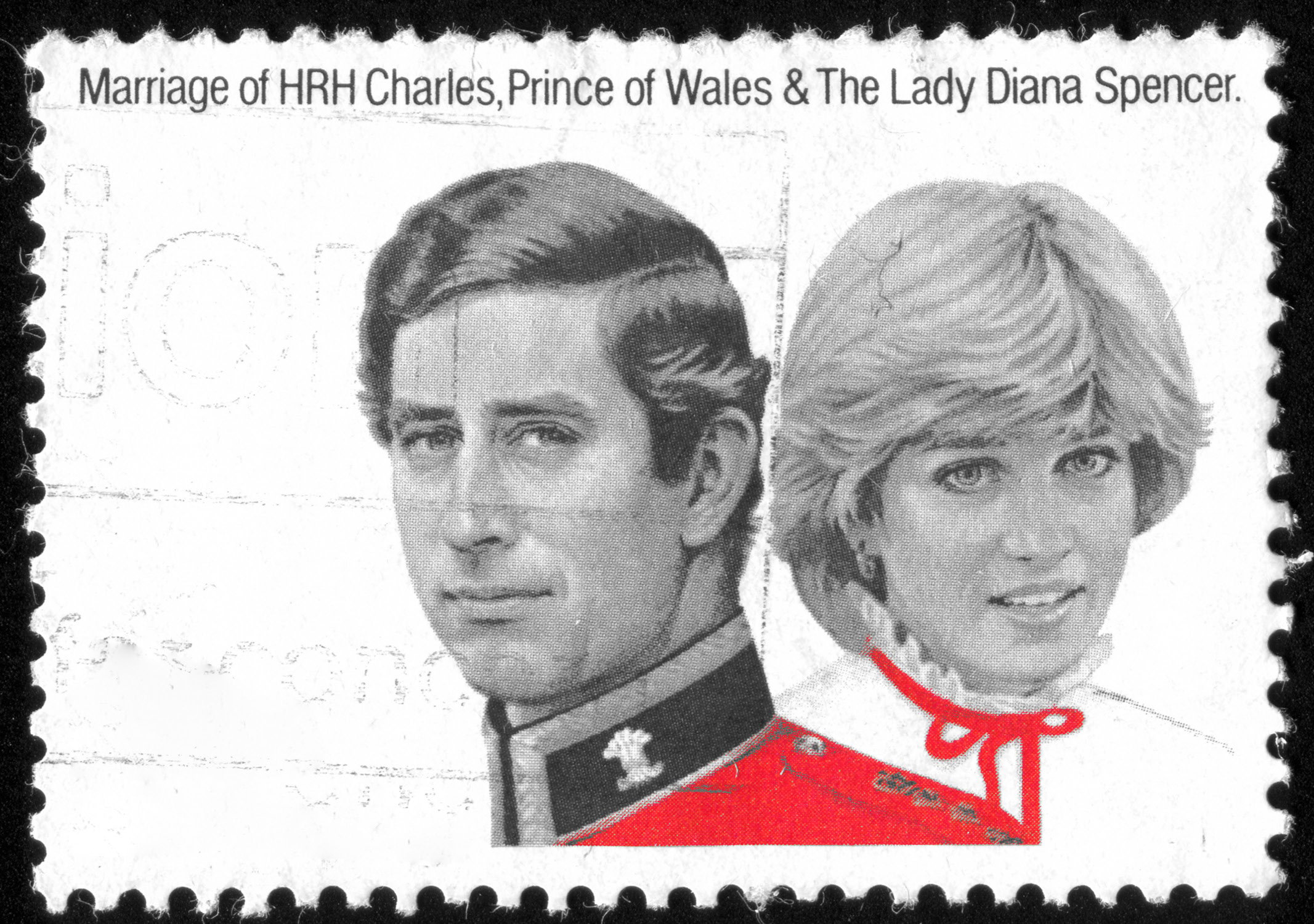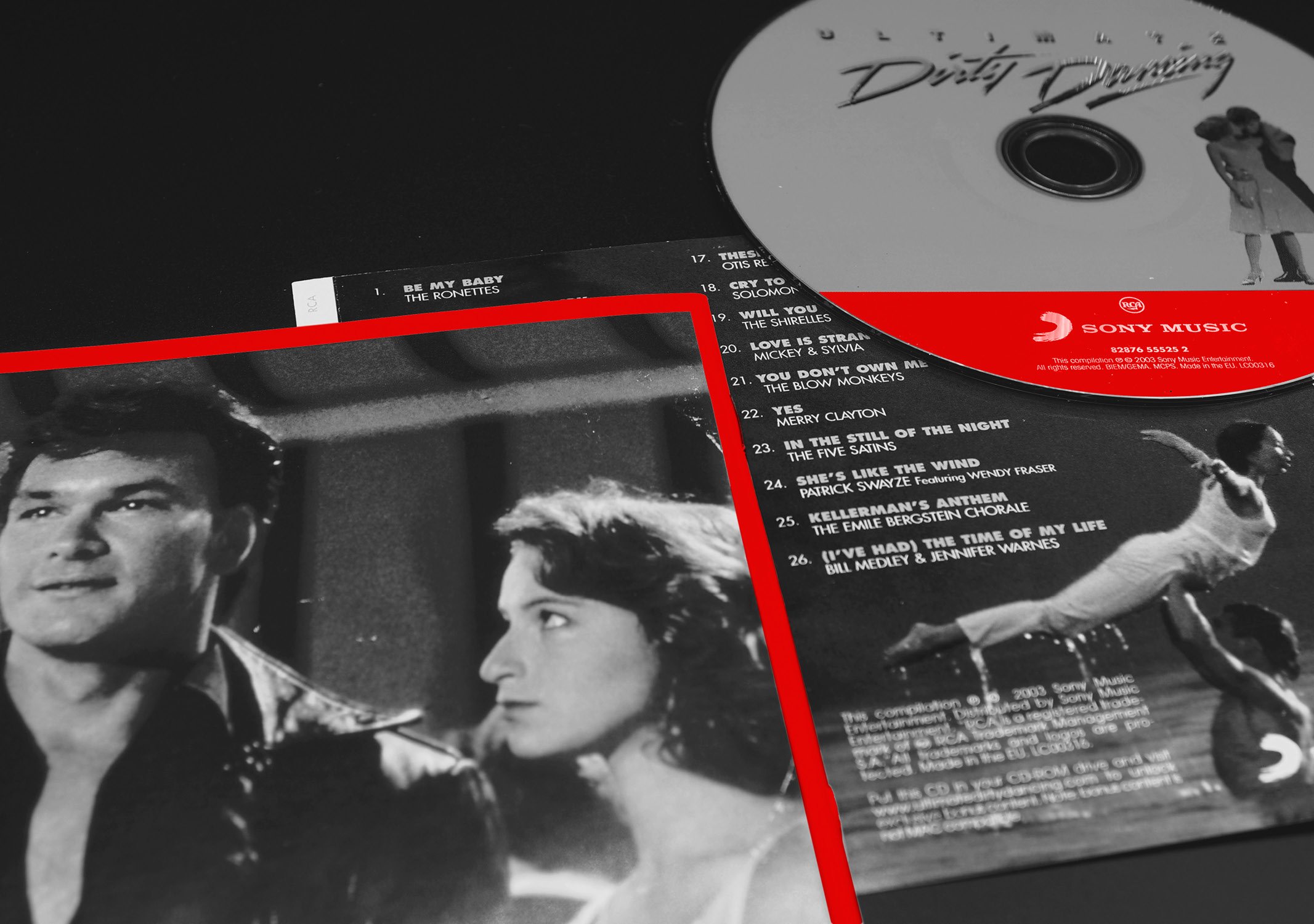The eighties are back!
Playing Tetris on the Gameboy for the first time - remember that? Meanwhile, the BCL 10 barcode reader helped automate processes in intralogistics. We also set up our first subsidiaries in other European countries.
Highlights of the 80s worldwide...

Gameboy and Tetris - an unbeatable duo
In 1989, Nintendo launched the Game Boy, an 8-bit handheld console, in Japan. The small game console was also quickly available in Europe. To this day, the Gameboy is one of the best-selling game consoles. The same applies to the game Tetris, developed in 1984, which was available together with the game console. This combination ensured that Tetris became one of the best-selling computer games in history.

The wedding of the century
At the beginning of the 1980s, Charles, the heir to the British throne, and Lady Diana Spencer officially announced their engagement. Then, on July 29, 1981, the dream wedding took place in St. Paul's Cathedral. This event, considered the "wedding of the century," was celebrated by 750 million people in front of the screens and 2 million more Britons on the streets of London.

Dirty Dancing also on CD
In 1987, the American dance film Dirty Dancing made sure that moviegoers in the halls could no longer sit still. Songs composed especially for the film, such as "The Time of My Life" and "Hungry Eyes," catapulted the film's soundtrack album to the top of the charts. Fortunately, a few years earlier, the CD was invented, which ensured that the songs could be listened to on a continuous loop.
What happened at Leuze...
A barcode reader like it comes from a factory
Leuze entered the emerging market of industrial identification systems in the mid-1980s with the BCL 10 barcode reader. In the BCL 10, a laser tube was still used as the light source and the device was controlled by an 8-bit microcontroller. The barcode readers were built in small series, whereby e.g. the aluminum housing parts were still milled "from the solid". Thus, the list price at that time was around 12,000 DM.
Armin Claus, who was involved in the development of the BCL at the time, remembers:
"Barcode labels were initially used only sporadically on transport crates, for example, in the 1980s. The automation of intralogistics processes was still in its infancy. The industry was just beginning to automate manual sorting processes. Leuze was part of the market for industrial barcode readers early on - many application solutions were developed together with the customer. From the first device, the available variants and thus the sales figures increased rapidly."
The counterpart to the BCL 10 from the 80s is now the BCL 200i / BCL 300i. The casing volume and weight have been reduced by a factor of about 20.

Today...
The current 1D barcode readers are still based on the functional principles of that time, but the components and the manufacturing processes have changed drastically. Instead of the laser tube, semiconductor laser diodes are used today.
1D barcodes are used in applications where the data content is approximately 10-20 characters.
Barcode readers are frequently used in applications in the intralogistics and lab automation sectors. Learn more about our focus industries here.

The requirements of customer applications have also evolved rapidly. In the field of identification solutions, the Leuze product portfolio now covers a comprehensive range of applications in intralogistics and packaging technology, in addition to stationary 1D barcode readers with imager-based 1D/2D code readers and mobile handheld scanners.
The first yellow product
For more than 40 years, Leuze has not only been red, but also yellow: In automation technology, this color represents occupational safety. In the industrial environment, it is important to protect people and machines from hazards. The company entered into safety product segment with the development of the first "SLS 89" Safety Light Beam Device, which was used for access guarding.
The production program of Leuze electronic expanded decisively with this technological milestone. The single-beam photoelectric safety switch, which was still in use at that time, continued to develop rapidly - by 1986, more than 300 versions were available. Photoelectric sensors were regarded as essential automation components for machines and industrial plants.

Today...
In the anniversary year 2023, "Safety at Leuze" is an important part of the Leuze portfolio. In addition to the comprehensive range of safety sensors, Leuze also offers Safety Services for the entire life cycle of machines and systems as well as complete safety solutions.
Learn more about Safety at Leuze.

A prime example of progress in the field of occupational safety is so-called "Smart Process Gating" - a process patented by Leuze and developed on the basis of the MLC 530 safety light curtains.
Learn more about Smart Process Gating here.
International and yet at home in the region
When Leuze Electronic celebrated its 25th anniversary in 1988, the company was also able to celebrate the completion of a new building in Owen. In the past, as today, this location was primarily used for research and development and has been equipped with state-of-the-art workstations and equipment. Among other things, basic research was also carried out here and work was done on a product until it was ready for series production.
At the same time, international expansion began in Europe. Right from the start of the company, Christof Leuze and his team visited numerous trade fairs in Germany and abroad in order to establish new contacts with potential customers and find applications for Leuze sensors. In order to achieve the highest possible presence on the market, they needed a nationwide sales network. After the founding of the first subsidiary, Leuze opto electronic in Unterstadion, the starting signal was given. The first sales companies were founded in Switzerland and France in the early 1980s. This was followed in 1988 by subsidiaries in the Netherlands and Spain.

Today...
Even today, we attach great importance to always being personally and easily accessible to our customers. The more than 1600 sensor people worldwide have a global presence with three technological competence centers, five production sites and over 20 of our own sales companies. In addition, there are over 40 international distributors supporting Leuze. Learn more about our locations here.





